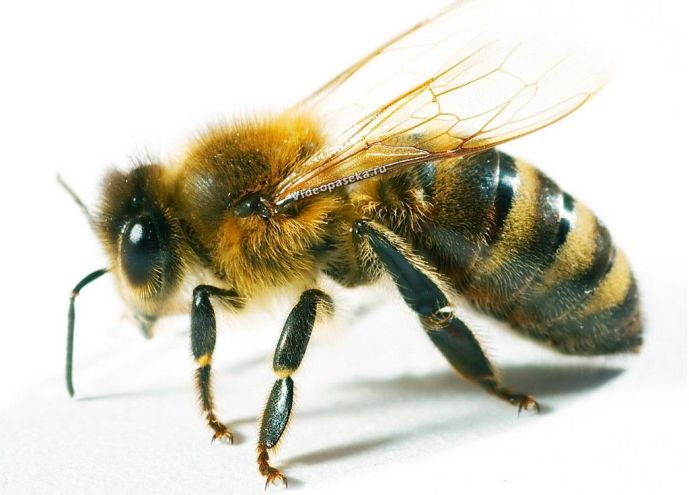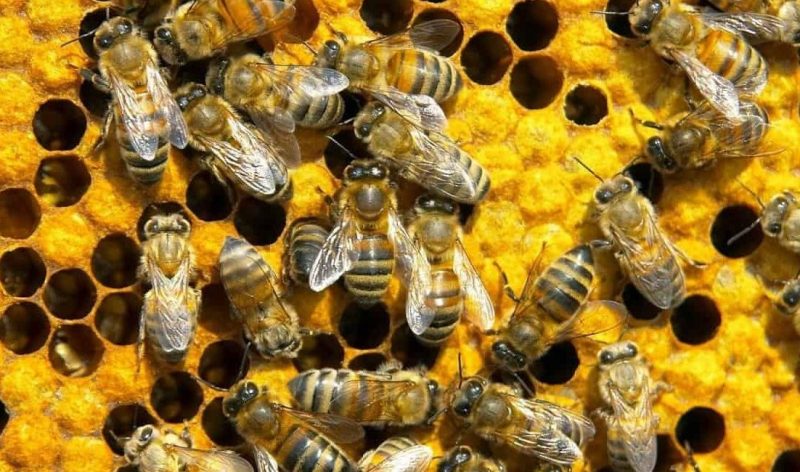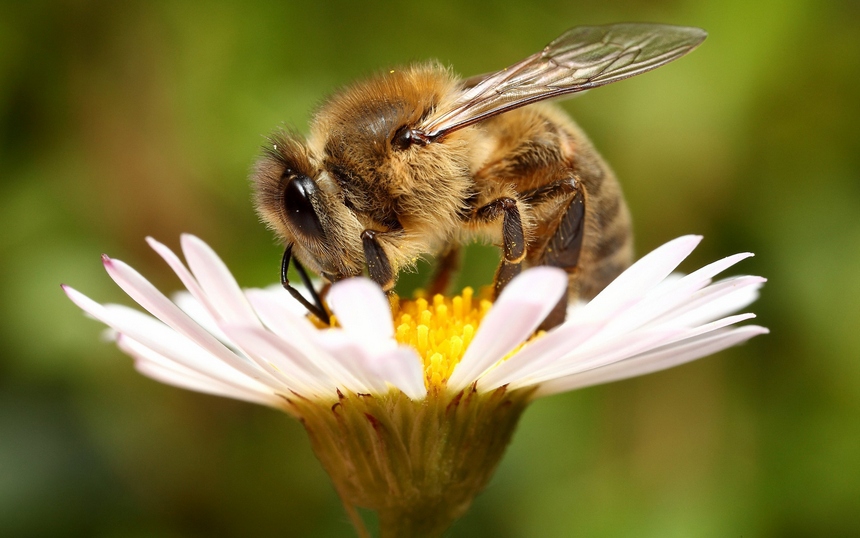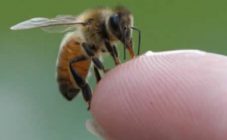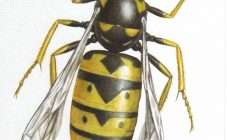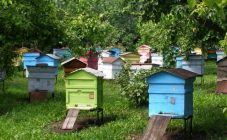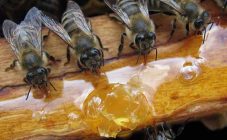Content:
A bee is an insect with a relatively short lifespan. It is difficult to say unequivocally how long a bee lives - this time period is subject to numerous factors that affect the duration of the insect's working days.
So how long does a bee live? Six months or a year? Maybe five or ten years? Unfortunately, no, the possible lifespan of a bee is calculated in months and in most cases only one. The main reason for such a short life is hard work: raising children, cleaning the hive, collecting pollen, nectar, and producing honey.
The lifespan of a worker bee
Worker bees are female creatures, due to physiological characteristics they lack the ability to reproduce. It is from them that a large mass of the bee colony consists. They serve many functions:
- collecting nectar and pollen from flowers;
- deliver water for the entire bee colony;
- build honeycombs;
- cleaning the hive;
- create the necessary microclimate;
- guard their home;
- serve queens, drones, larvae.
How long a worker bee lives is influenced by many factors:
- climatic conditions of the environment;
- time period for brood (season of the year);
- intensity, amount of work performed;
- nutrition;
- wintering conditions.
The lifespan of a worker bee largely depends on the time of birth. An individual born in the spring can live up to 35-40 days. The summer bee (June) may live up to 30 days. Autumn live longer - up to six months, a year.
How long does a honey individual live
The lifespan of melliferous individuals depends significantly on climatic conditions. For example, warm days and comfortable summer weather make it possible for the bee to feel comfortable and work calmly for 35-45 days. Overwintered honey plants have a much shorter lifespan - 25-30 days.
Winter and summer individuals are not engaged in brood rearing and can easily live for 2 months. If a significant number of brood was reared in the fall, then in the spring the bee dies faster: the more energy it expended, the shorter its life has become.
The honeybees, born in late summer, are able to survive through the fall, a third of which calmly pass into the winter months.
Bees hatched at the end of October pass into winter, most of them die at the very beginning of spring. This is influenced by several factors:
- nighttime temperature drops;
- insufficient pollen;
- no bribe;
- weakened immunity.
How many bees live in a hive
Insects live for a few days, in view of this, it is very respectable to organize the hive correctly, to carry out the separation of individuals in a timely manner and to vigilantly monitor the state of the bee house.
When asked how many years domestic bees live, it is advisable to give the following explanation. First of all, a huge share of energy costs is spent on the continuous rearing of new individuals in the summer-spring period. The more energy spent by a bee, the less it will live.
Drone
These are male representatives of the family.Their only task is to fertilize the uterus, they do not participate in other activities in the hive, honey collection. Without the help of others, they are not even suitable for self-subsistence, devouring the reserves of worker bees.
But even the minimum energy consumption does not give the drones a chance to live longer. Their life is much shorter than that of worker bees.
The drone is born only at the very end of the spring period, since at other times of the year the hive does not need them. Drones are ready to fertilize the uterus on the 10-13th day of their life. Having thrown out sperm, the individual dies. Most of the drones die while fighting for the uterus. Individuals that do not die in battle and do not participate in fertilization are expelled from the hive, only a few fertilizers are left in reserve.
Uterus
The uterus, unlike everyone else, lives many times longer. Good conditions and a strong family enable the uterus to live up to 5 years. This bee does not work, it only produces offspring. All members of the bee family take care of it, protect it, feed it. All food of the uterus is royal jelly, the most valuable product rich in nutrients and proteins.
If the uterus lays eggs more intensively, then it will wear out faster, and its life will not exceed 2-3 years. Filoning queen bees is also impossible, because the working bees carefully monitor that they perform their duties efficiently, if they do not match, they are replaced with a previously prepared queen.
How many bees live in nature
The life span of a bee in nature depends on some conditions:
- seasons (in winter, individuals live much longer);
- social category (the queen lives the longest, the working bees the least);
- the strength of the bee colony (in the weak, individuals die faster);
- the amount of collected nectar, honey produced (the more intensive the work, the shorter the life).
In addition, there are certain nuances due to which the life of the creators of honey is significantly extended:
- Lack of a fertile uterus. Drones have the opportunity to "rest" in the bee house for a long time, being fully provided for the working bees, in the interests of preserving the possibilities of fertilization of the emerging queen. In addition, worker bees are able to live much more than usual, since their functionality is significantly preserved (no energy is spent on caring for the offspring).
- Long-lived queens who have lived for more than 5 years. If in the conditions of the hive it is recommended to change the uterus every 1-2 years, then in nature this is not observed.
The uterus lives the longest in the wild, it can live up to 7 years. The life span of worker bees and drones in nature does not actually differ from the life span of "domesticated" insects.
How long does a bee live after a sting
Often, the appearance of a bee causes fear in people, and they try to drive it away, waving their hands, handy objects, not realizing that they only make it worse - they show the bees that they are aggressive, and they themselves attract attention, the bees do not just attack, they peaceful insects go about their business.
The life span of a bitten bee is very short, does not exceed 2-3 hours. There is information that the bees remained alive and worked as usual after being bitten, but this fact has not been confirmed.
Why does the bee die after being bitten? It's pretty simple. Having plunged the sting into the elastic skin of a person and injecting poison, the insect will actively try to get it back. But he will not succeed. The sting is firmly stuck in the victim's body, and it can only be pulled out with tweezers or other means. Together with the sting, poisonous glands and part of the intestine remain in a person, since the wound is quite extensive, the bee has practically no chance of surviving.
All terms of the life span of these insects are rather arbitrary. To ensure the long life of your apiary, first of all, you need to properly take care of the bees, to create all the necessary conditions.
